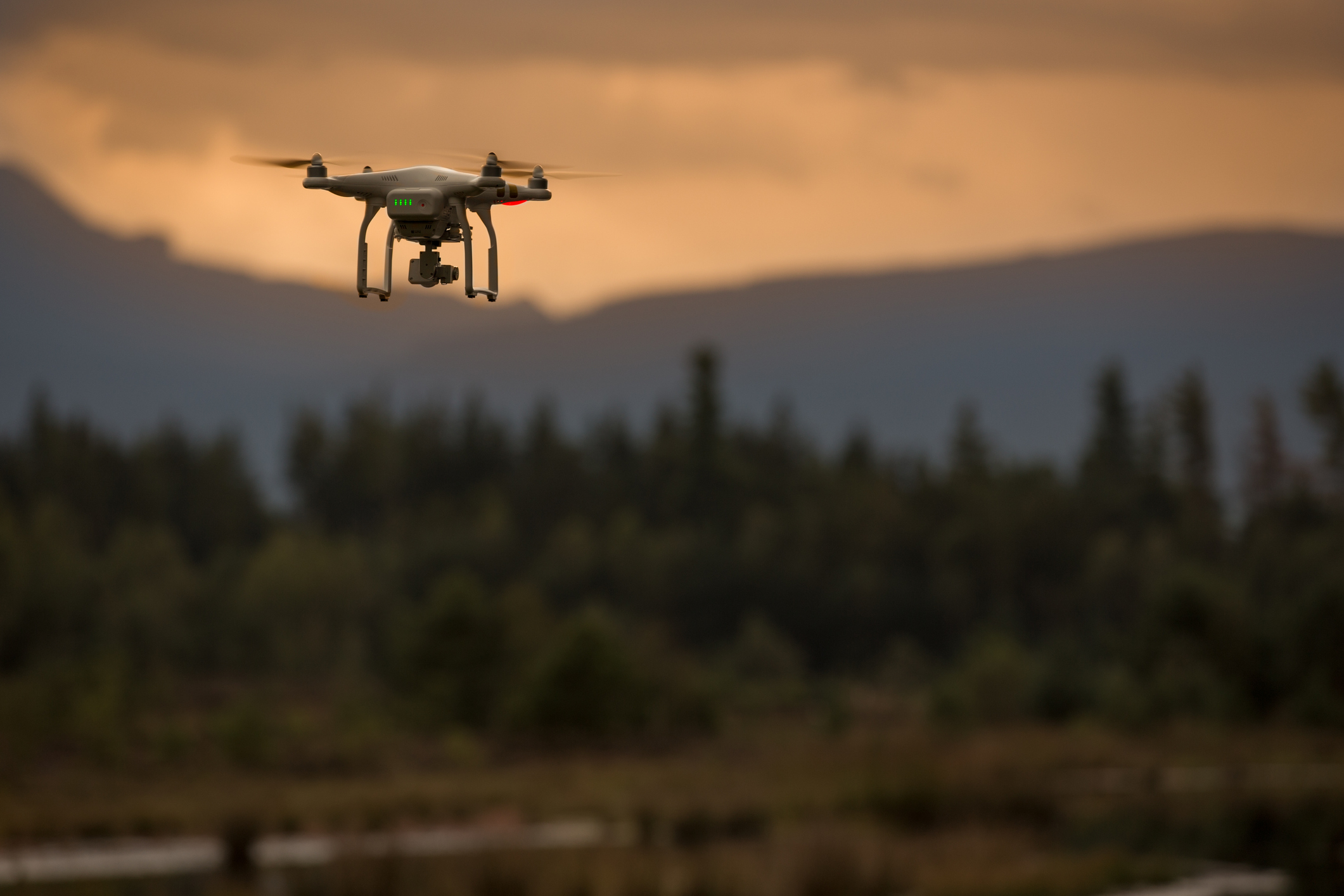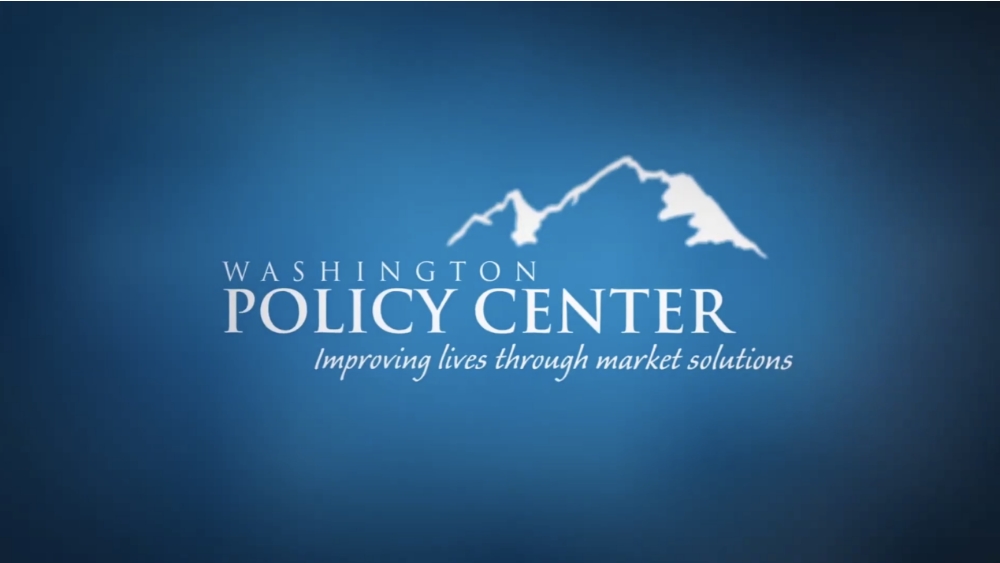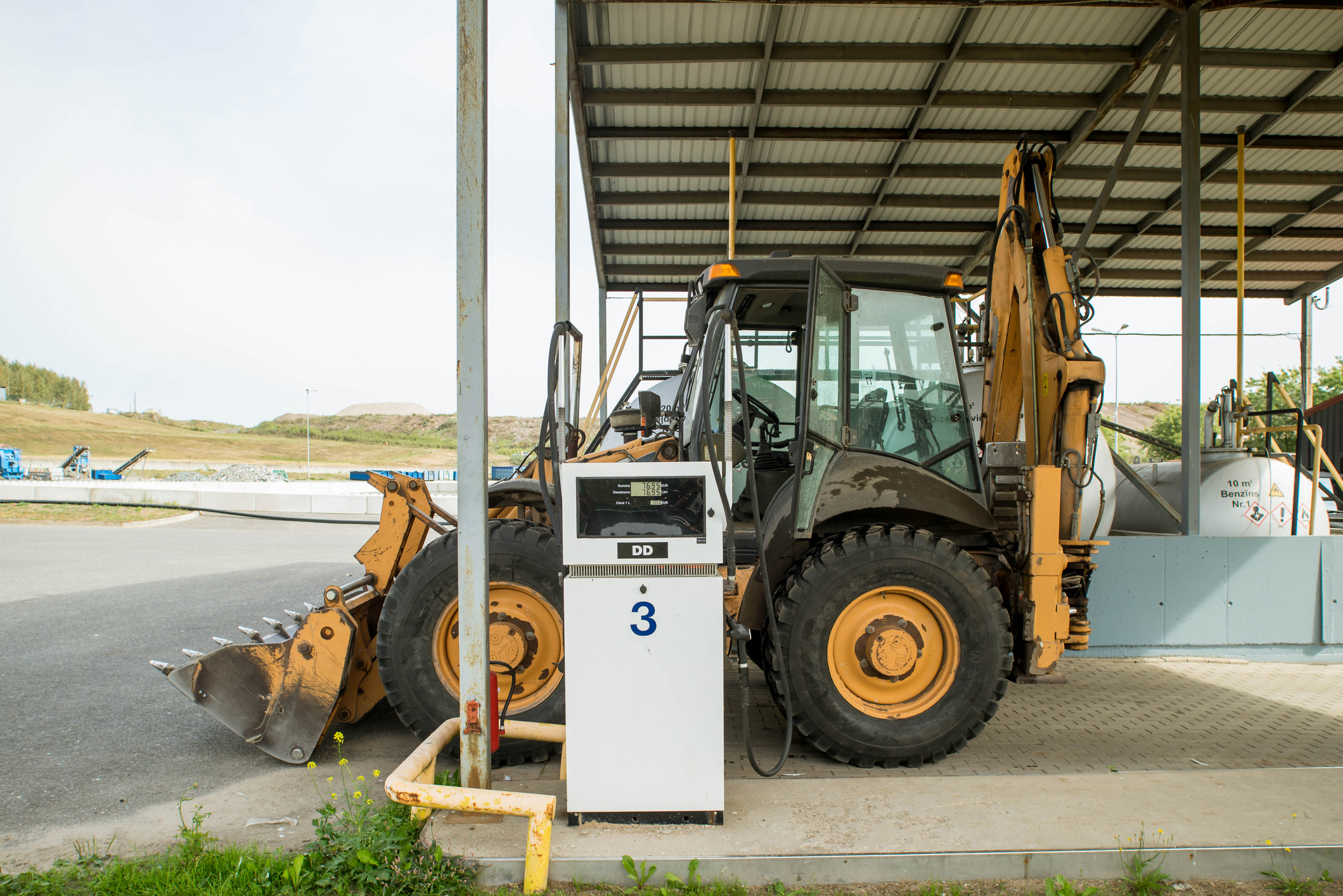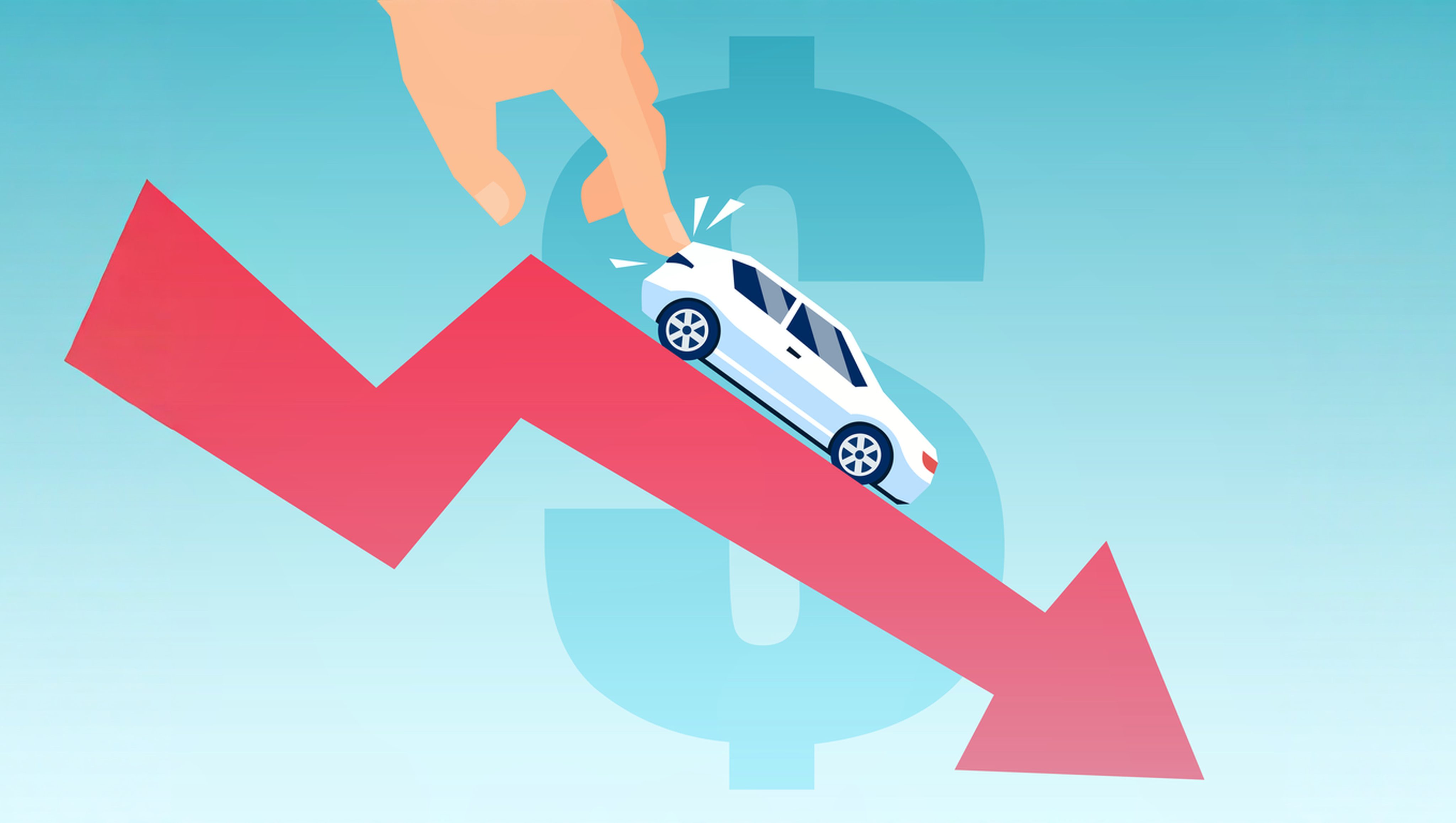How do viticulturalists protect Washington vineyards from pests? For one grape grower the answer is to add more bugs. New technology is allowing them to do this more effectively and efficiently.
It is a great example of how innovation is creating the ability to help the environment without turning to regulation written by politicians. And because it is economically sustainable, it is more likely to be environmentally sustainable over the long term.
More than a decade ago, Dineen Vineyards began experimenting with programs that substituted chemical pesticides with an approach that combines new technology with natural predators to control pests.
Working with Washington State University, Marissa Dineen told me they began to look for ways to reduce the cost of chemical pesticides and appeal to customers who want grapes that are grown “sustainably.” “Our clients like that they can say the wines are sustainable,” she explained. “There seems to be a consumer trend.”
One pest Dineen targets is the mealybug. Mealybugs “will go in and suck out the chlorophyll and desiccate the leaves,” she said. “We are always trying to keep on top of mealybugs. They will overwinter in the bark of the vines.”
Fortunately, there is a natural predator for mealybugs: lacewing larvae. The larvae seek out and eat the mealybugs before they destroy the vine. Rather than spraying chemicals, Dineen began spraying lacewing larvae.
The strategy isn’t new, but the technology to distribute them is.
“We used to release them by having a card with the eggs and we would hang the card on the vines,” said Dineen. “They hatch and the larvae crawl into your vines and eat the mealy bugs. The labor involved to hang cards every 10 feet is a massive job for a crew. It can take two days just to plant the cards.”
Now they have moved to using drones to spray the larvae on the vines which has significantly cut the cost of application. “They have now introduced this drone technology,” explained Dineen. “Within an hour they can drop them. They have a carrier material, like sawdust that will float and then gently settle.”
The result has been excellent and saved money in more ways than one. “We knew what the result would be because they are very good at suppressing the mealybugs.” This is critical because vines that become infested must be replanted, which is a significant expense for the vineyard.
In addition to applying the lacewing larvae, Dineen also does something that is counterintuitive: the vineyard creates habitat for mealybugs on the ground. By creating favorable habitat for mealybugs on the ground, it keeps the pests out of the vines. “If the pests have something else to munch on in the cover crop, they are less inclined to come to the vine,” she said. “By giving them a house, they don’t come into our house.”
Dineen makes it clear that they still use chemicals when it is necessary. “We’re sustainable, but not organic. We always keep pesticides in our back pocket if we can’t control an outbreak naturally,” she told me. “If we don’t have that in our back pocket, our clients don’t get their grapes. We always have those tools, if we need to.”
Being able to call their grapes sustainable creates new markets and cuts costs. “We believe we save money over the long run. If you looked at one crop year, it would be very difficult to say because we are investing for the future.”
Government environmetnal agencies often focus on environmental protection, using regulations to stop actions they believe are harmful. This is appropriate in some instances, but top-down rules often have high costs and have unintended environmetnal consequences that can do more harm than good.
Technology is opening up new opportunities for environmental stewardship, where people care for the land, often using natural processes in harmony with human goals. The use of lacewing larvae and drones to target pests and creating habitat away from the vines demonstrates that technology-powered stewardship is a more sustainable approach - economically and environmentally.






